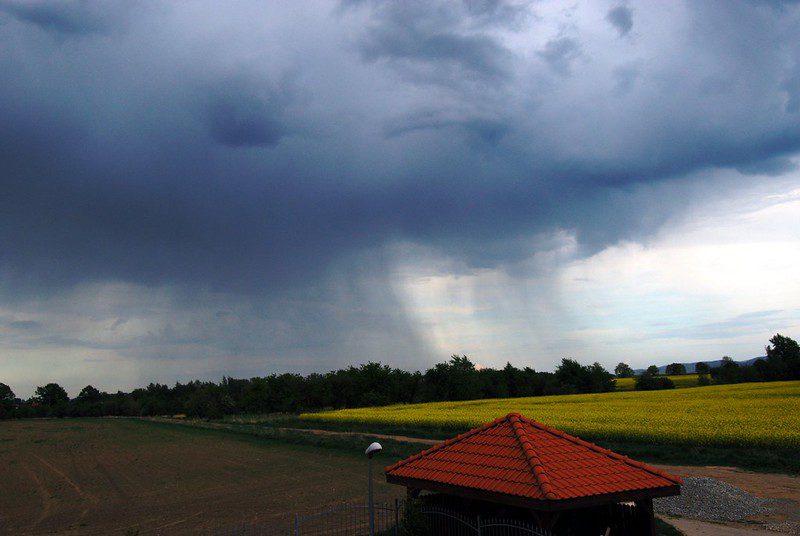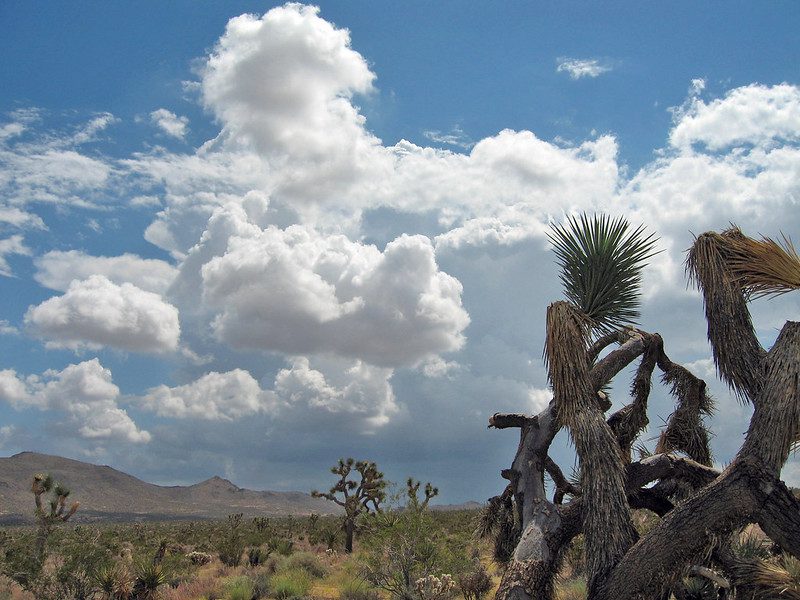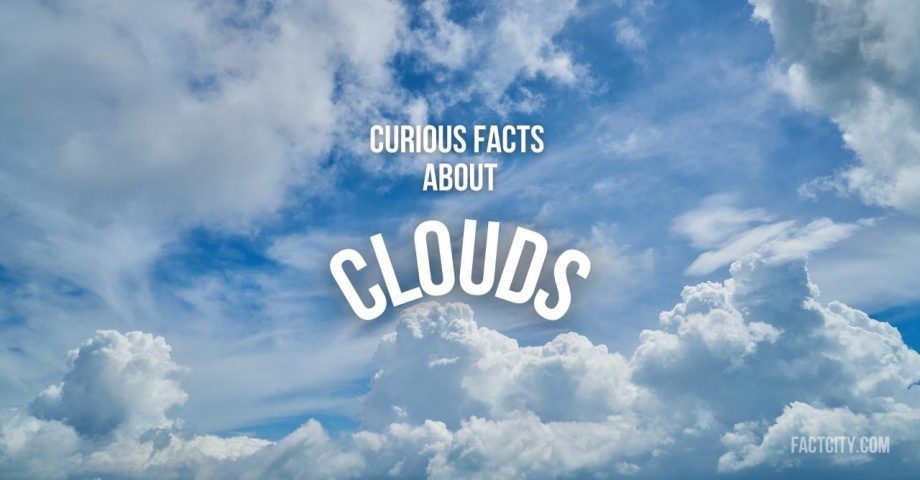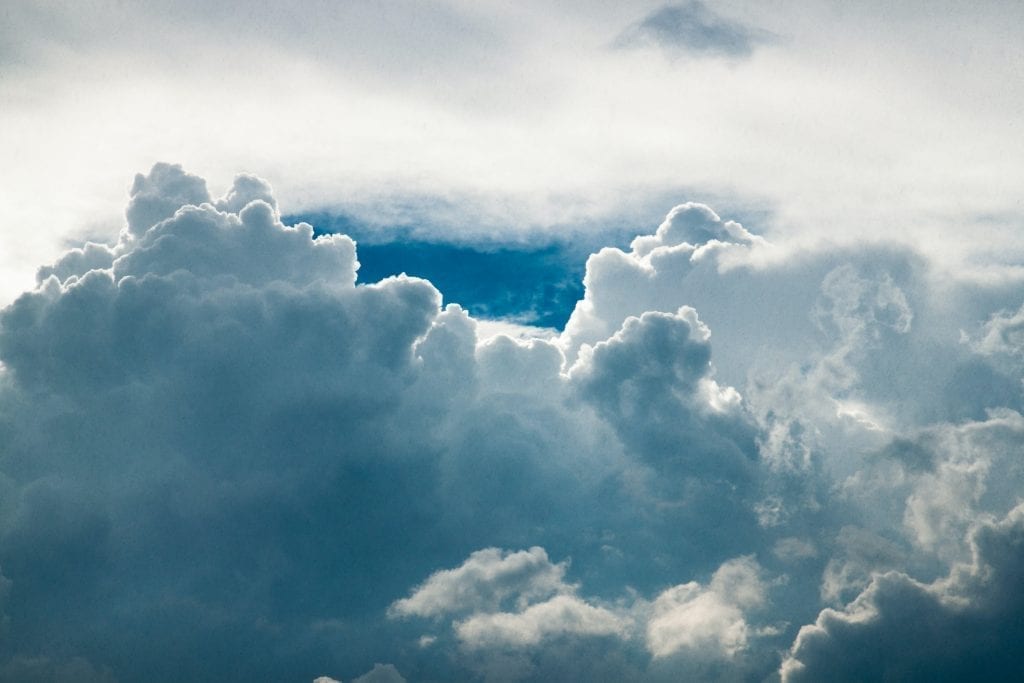Of all the weather phenomena we’re used to seeing day after day, clouds are some of the most mysterious. What keeps these fluffy monoliths up in the sky? They bring us rain, snow, hail, sleet, and block the sun when we could really use some rays. But, aside from knowing where they are and what they look like, how much do you know about these precipitation machines? Here are some fun facts about clouds.
1. There are several different types of cloud.
Clouds come in all different shapes and sizes – look closely, and you’ll likely spot a few differences from one to the next. There are different types of clouds with distinct characteristics and formations – and main types include stratus, cirrus, and cumulonimbus.
2. Clouds are made of water, not fluff.
Although they may look like cotton candy, clouds actually comprise of water – to be more specific, they are composed of tiny water droplets or ice crystals suspended in the Earth’s atmosphere.
3. A cloud forms when air rises and vapor condenses.
Clouds are formed when moist air rises up and then cools, causing any water vapor to consolidate into droplets or crystals. It’s a science experiment that’s occurring all around us, all the time – take a look outside and you’ll see what we mean!
4. Clouds are actually classified by altitude.
Clouds technically categorize into three main altitude levels: high clouds (above 20,000 feet), middle clouds (6,500 to 20,000 feet), and low clouds (below 6,500 feet).
5. Stratus clouds tend to bring the rain we all love so much.
Stratus Stratuses are low-level clouds that frequently appear as Uniform, grey layers covering the sky. As intimidating as they look, they mostly bring drizzle or light rain – with maybe a little thunder rolling alongside.
6. Cumulus clouds tend to be the ones we draw the most.
Growing up, did you ever draw clouds with fluffy tops and flat bases? Those are called cumulus clouds! They usually indicate fair weather but can develop into larger storm clouds. Drawing cirrus clouds – which are pretty wispy – isn’t as fun.
7. Cirrus clouds are easy to spot while flying – and indicate changing weather’s on the way.
Cirrus clouds are thin and wispy and found at high altitudes. They are composed of ice crystals and often indicate fair weather but can precede a change in weather – so look out for them if you’re hanging laundry outside.
8. Nimbostratus clouds bring tons of snow – look out for them if you want a white Christmas.
Nimbostratuses are thick, grey clouds that bring continuous rain or snowfall. So, most of us are more likely to see them during the winter in the upper hemisphere. The heavier the cloud, the more likely it is a nimbostratus.

9. Cumulonimbus clouds can actually be quite dangerous.
Cumulonimbus clouds are towering and dense, capable of producing thunderstorms, lightning, heavy rain, and even tornadoes. Depending on where you live, if the area is more prone to tornadoes, you might want to watch for Cumulonimbuses piling up!
10. There are clear, almost invisible clouds.
Believe it or not, near-transparent clouds exist, too! Cirrostratus clouds are thin, transparent clouds that cover the sky and often create a halo around the sun or moon.

FAQs about Clouds
What are the ten clouds called?
There are indeed ten main different types of clouds. These include cirrus, cirrostratus, cirrocumulus, altostratus, altocumulus, stratocumulus, nimbostratus, cumulus, stratus, and cumulonimbus. Go take a look outside and see which are hovering above you right now!
What are the rarest clouds?
The rarest clouds are noctilucent clouds. These clouds present as patterns in the sky. They are the highest, coldest, driest, and indeed, the rarest clouds we know of. If you’re a keen cloud spotter, it’s worth looking a few up on YouTube so you know what to look for!
Why are clouds so white?
Clouds are such a bright white (when indeed they are white) due to the sunlight that is scattered among the large white droplets of water that make up the cloud. They may also appear to be an even brighter shade of white in comparison to the blue of the sky around them.
Further reading:
https://facts.uk/tag/Nature
https://www.metoffice.gov.uk/weather/learn-about/weather/types-of-weather/clouds
https://scied.ucar.edu/learning-zone/clouds/cloud-types
Do you know any fun facts about clouds? Share them in the comments below!










